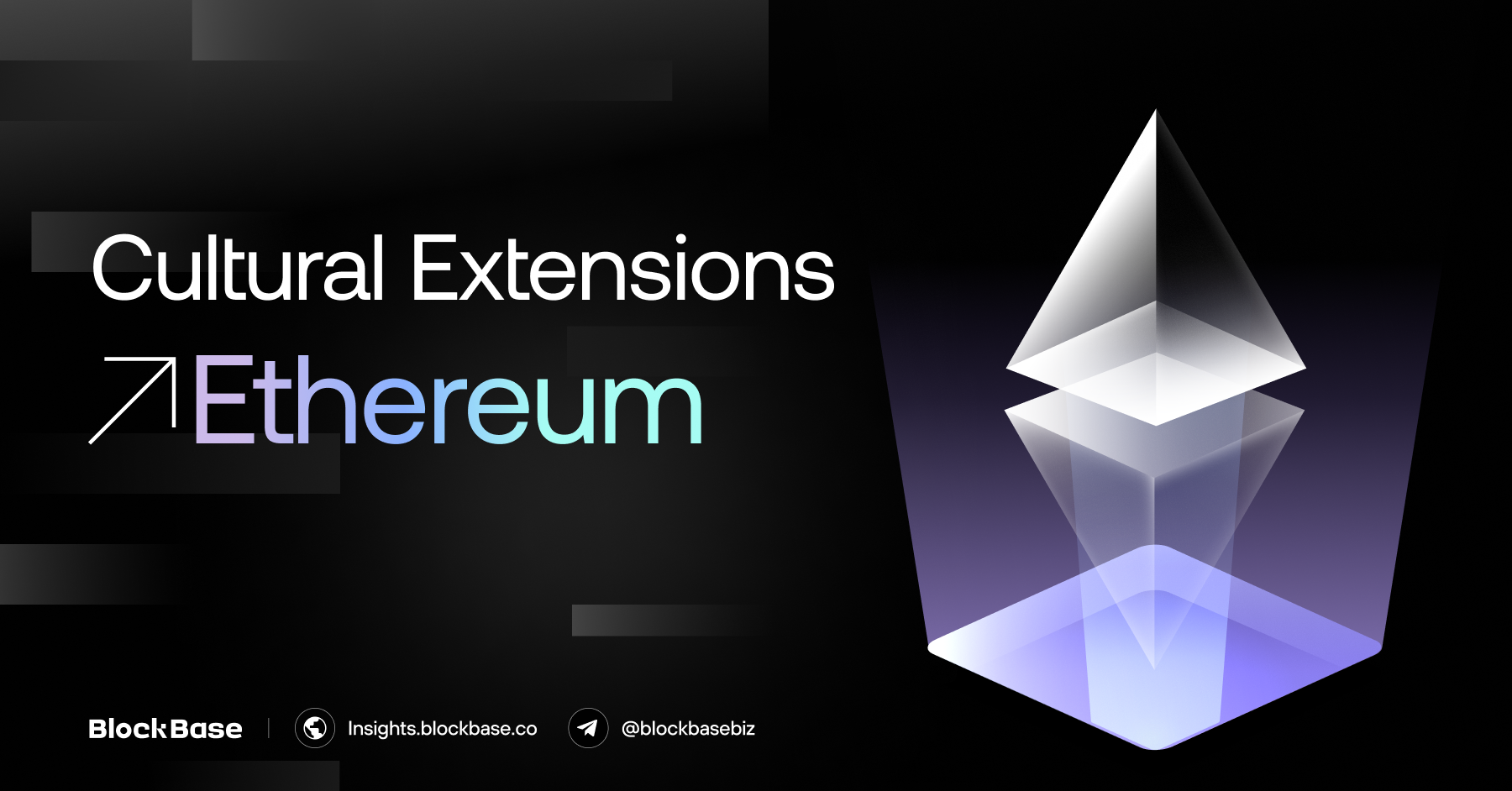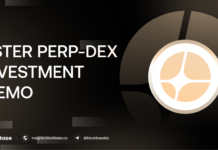In his latest article, Vitalik Buterin explores the concept of Layer 2 solutions as cultural extensions of the Ethereum ecosystem. He argues that the differences between Layer 1 and Layer 2 scaling solutions go beyond technical aspects and also encompass organizational and cultural factors. While Layer 1 focuses on the fundamental infrastructure of blockchain, Layer 2 solutions provide a more pluralistic environment that encourages a diverse range of approaches to scaling, virtual machine design, and other technological features.
1. What is the “culture”?
Culture has a profound impact on various aspects of a blockchain ecosystem. It influences the types and direction of protocol changes, the ecosystem’s ability to remain decentralized and censorship-resistant, the attraction of high-quality developers and researchers, the acquisition of users, and the public perception and legitimacy of the ecosystem.
For instance, Ethereum possesses unique cultures that shape its development, user bases, and even its technological stacks. Some of the subcultures, first identified by Ethereum researcher Prof. Paul Dylan-Ennis, are:
- “cypherpunks” who focus on private and open-source projects
- “regens” who work on governance and public goods
- “degens” who are profit-driven speculators
“Institutional profit-oriented groups and people buying pictures of monkeys are very very culturally different.” - Vitalik
The cultural branching within Ethereum’s subcultures has been beneficial for the ecosystem.
2. Ethereum is trying to take the “pluralistic” route
The core development culture of Layer 1 values high-quality thinking, freedom, independence, and cypherpunk ideals, which have positioned Ethereum well in terms of protocol development, decentralization, attracting developers, and certain aspects of public legitimacy. However, this cultural perspective of Layer 1 may lack emphasis on attracting application developers and users. We need to facilitate pluralism.

“Cultural pluralism is a way of getting out of this quandary, allowing one subculture to focus on core development while another focuses on growing the ‘edges’ of the ecosystem.”
- Vitalik
3. Layer 2 solutions are “cultural extensions”
Layer 2 solutions play a vital role in enhancing cultural diversity within the Ethereum ecosystem. They offer a distinct platform for subcultures to engage in meaningful action, equipped with ample resources and a feedback system that promotes learning and adaptation. These layer 2 solutions function as self-contained ecosystems, enabling the development of unique cultural identities and specialized approaches.
In short, Ethereum’s layer-2-centric ecosystem allows individuals and groups to independently build sub-ecosystems with unique features while still being part of the greater Ethereum network.
Each layer 2 solution can attract different types of participants, emphasize specific values, and engage in user outreach to expand their respective communities. Examples of this cultural diversity can be observed in initiatives such as Polygon’s collaborations with mainstream companies, Optimism’s focus on retroactive public goods funding and governance, and Arbitrum’s prioritization of high-quality developer tools.
These various Layer 2 solutions within Ethereum contribute to the overall diversity and resilience of the ecosystem by embodying unique cultural identities.
4. Challenges
There are several challenges related to cultural specialization in layer 2 solutions. These challenges encompass various aspects, such as the need for effective user outreach and business development, the diversity of values emphasized within the community (such as public goods, technological excellence, financial inclusion, etc.), and the attraction of a diverse range of participants based on demographic factors, personality types, languages, and geographical regions.
Buterin emphasizes the importance of developers to be cautious and mindful when making choices to cater to a particular audience. He warns that while targeting a specific group may be beneficial in certain aspects, it can unintentionally lead to the exclusion of other individuals or communities within the ecosystem.
“If a blockchain becomes publicly understood as being ‘the casino chain’ and nothing else, it becomes hard to get non-casino applications onboard.” - Vitalik
In conclusion, Vitalik’s investigation into Layer 2 solutions as cultural expansions highlights Ethereum’s distinct strength as a diverse environment. As Ethereum progresses, it is vital to foster this diversity to uphold its decentralized nature, encourage innovation, and enhance accessibility. By emphasizing the delicate balance between competition and cooperation, the community can secure a resilient ecosystem for the foreseeable future.
The information provided in this article is for reference only and should not be taken as investment advice. All investment decisions should be based on thorough research and personal evaluation.





